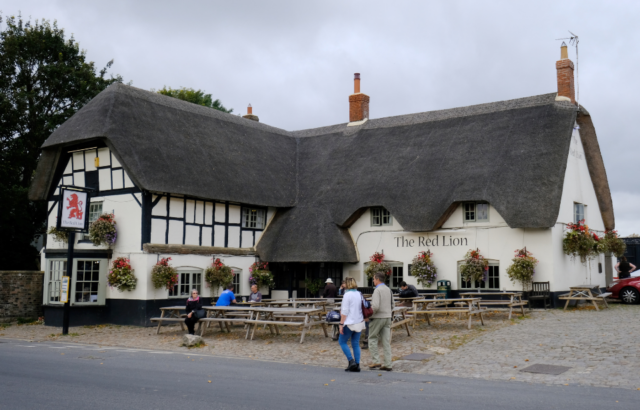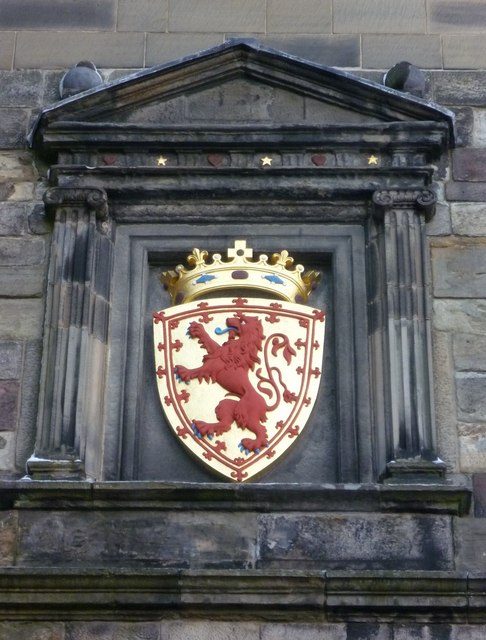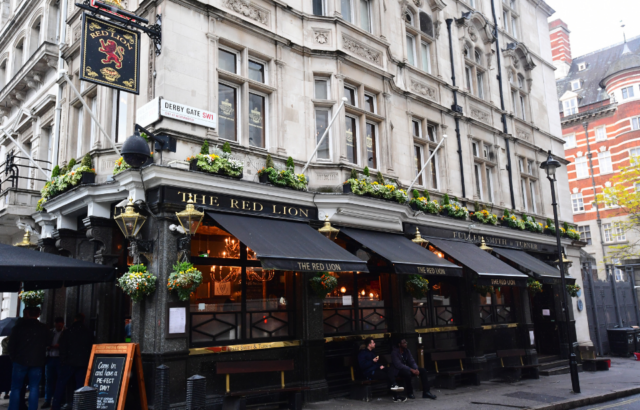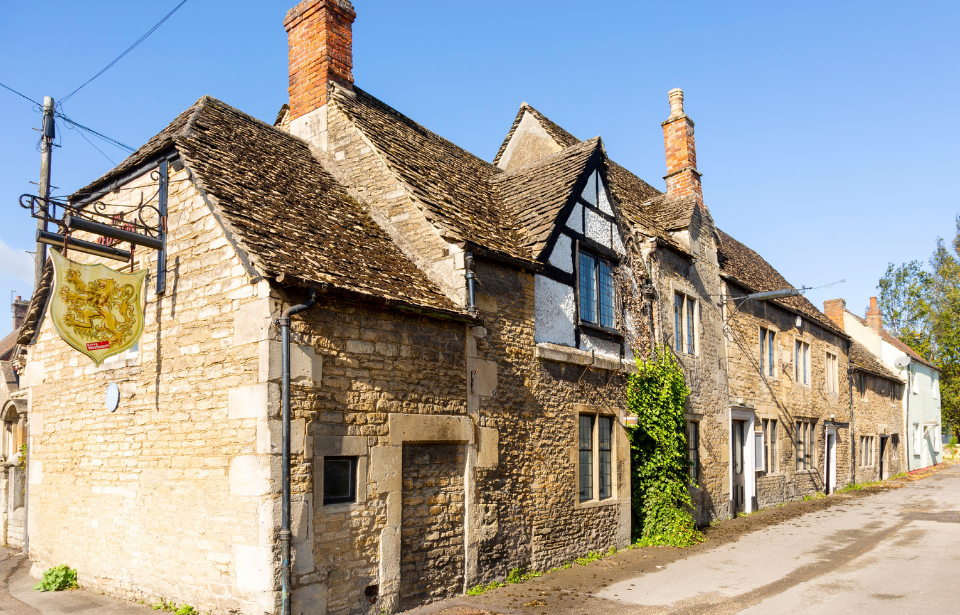It’s not difficult to find a pub in England. With thousands across the country, it’s easy to believe that the odd pub, here and there, has the same or a similar name. There are more than 500 pubs, which totaled over 600 at one time, that all have the same name or some version of it. There are many recurring names, including Crown, Royal Oak, and White Hart, but none are so numerous as the Red Lion.
A pub named Red Lion actually makes sense in England. Red is the color of St. George’s cross on the English flag, which is also shown on the Union Jack, the flag of the United Kingdom. The lion is the national animal of the country and is featured on various English logos and symbols ranging from the English Premier League to the Royal Coat of Arms of the United Kingdom. It’s surprising, then, that the reason for so many pubs being called Red Lion was not due to patriotism. Instead, it was inspired by hate.
The origins of the name

In 1603, King James VI of Scotland ascended to the English throne, becoming James I of England. King James didn’t like England, not in the slightest. It is believed this dislike originated with his mother, Mary, Queen of Scots, who he thought had been treated horribly by her cousin Queen Elizabeth I. This horrible treatment was being imprisoned for 18 years, which ended in her being beheaded. That was after she plotted to assassinate Elizabeth I, to be fair.
Scotland has two national flags. One features the white St. Andrews cross on a field of blue, and the other displays a red rampant lion. The rampant lion, “the king of beasts, rearing up with three of its clawed paws out-stretched as if in battle,” is believed to have been first introduced to heraldry by King Richard I of England, better known as Richard the Lion Heart.

It was later adopted by the Scottish, and in the case of Mary, Queen of Scots, she used the red rampant lion as her Royal Standard. So, after becoming King, it was only fitting for James I to order that the red lion of Scotland be displayed on every building of importance across England, which included pubs. The point was for Englishmen to continuously be reminded that their King was Scottish, even when they went for a drink.
Red Lion pubs today

Today, the name ‘Red Lion’ has become part of the landscape. Contrary to what King James I would have wanted, it sounds exceedingly more English than a great many pub names.
The naming of so many watering holes with the same moniker has become a point of pub trivia. For oneOxfordshire couple, it was the start of an adventure that saw them complete a two-and-a-half-year pub crawl to every Red Lion across the country.
More from us: 5,000-Year-Old Tavern, Beer Recipe, and Brewery Discovered in Iraq
We don’t know about you, but all this pub history has made us rather thirsty.
Let us know what you think in the comments below.
